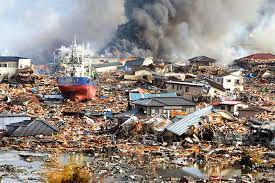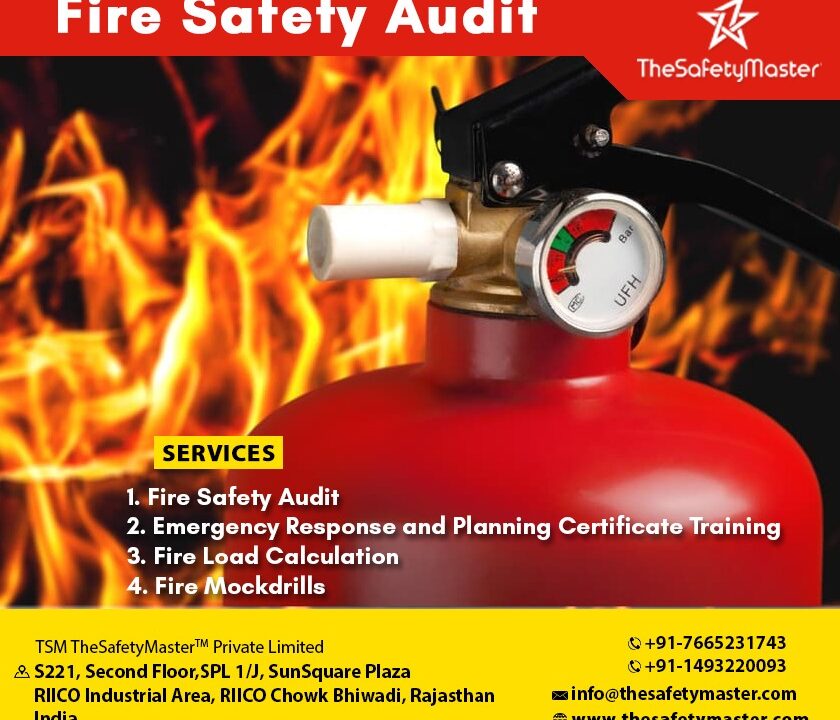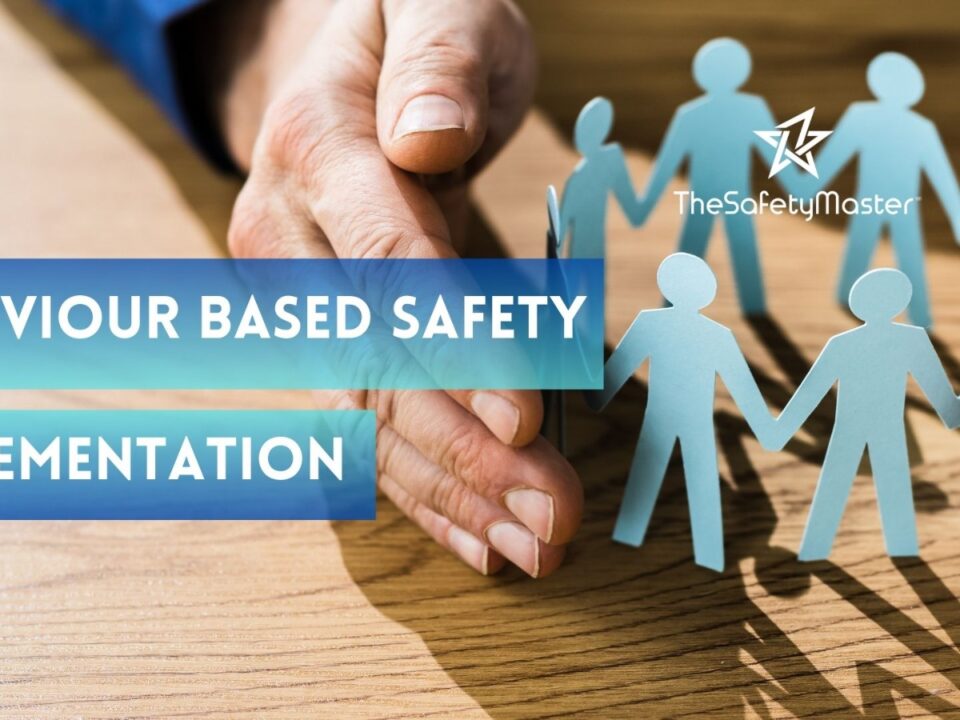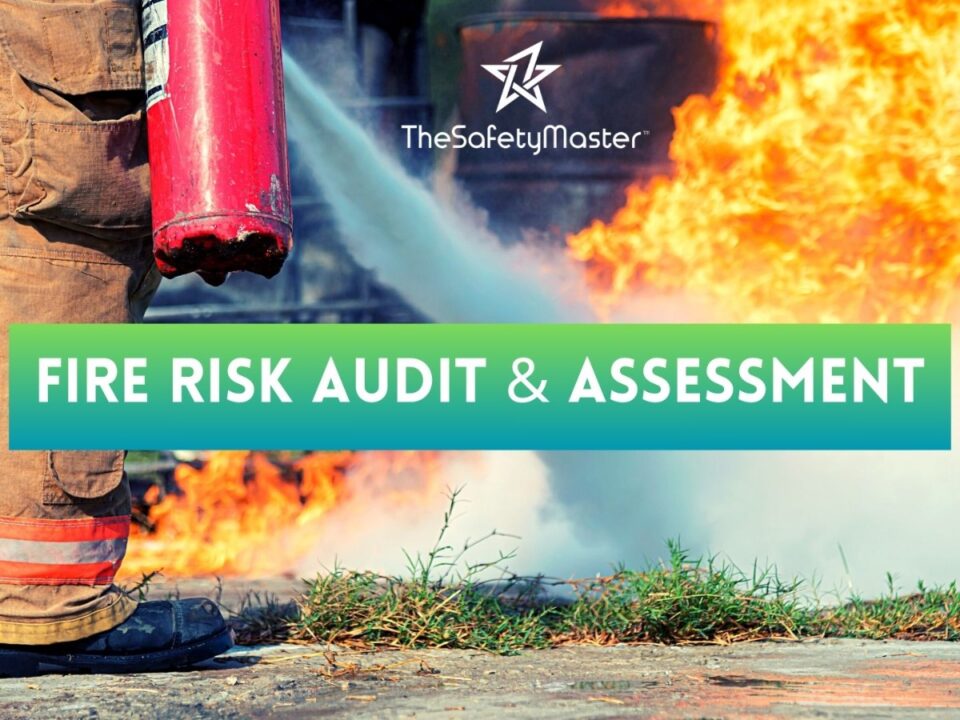Collaboration and Coordination: The Building Blocks of Effective Emergency Response & Disaster Management

The Importance of Defensive Driver Training: Protecting Yourself and Others on the Road
May 14, 2023
How to Conduct a Successful PSSR in Your Chemical Plant Pre-Startup Safety Review
May 15, 2023Collaboration and Coordination: The Building Blocks of Effective Emergency Response & Disaster Management
In this article, we explore the essential components of effective disaster management: collaboration and coordination. Natural disasters and other emergencies can strike at any moment, leaving communities and organizations struggling to respond. The key to successful disaster management lies in the ability to work together, across sectors and jurisdictions, to quickly and efficiently respond to emergencies and meet the needs of those affected. In the following pages, we’ll examine the benefits of collaboration and coordination, provide real-world examples of their importance, and offer insights into how to foster effective partnerships that improve disaster response and recovery. Stay tuned to learn how the right approach to collaboration and coordination can save lives, reduce suffering, and promote resilience in times of crisis.
Introduction to Emergency Response & Disaster Management
In today’s world, disasters are happening more frequently and with greater severity than ever before. With these increasing numbers, the crucial need for collaboration and coordination in disaster management has become more important than ever. Unfortunately, as we will discuss in this article, effective collaboration and coordination is not always easy to achieve.Through our exploration of the barriers to these building blocks of disaster management and strategies for overcoming them, we will provide readers with valuable insights into how to navigate the complex landscape of disaster response. We promise to equip readers with tools and techniques that they can use to improve their own collaborative disaster management efforts in order to achieve better results for all involved
Understanding Collaboration and Coordination in Emergency Response & Disaster Management
Collaboration and coordination are critical components in disaster management. Collaboration refers to working with others towards a common goal, while coordination is the process of organizing and synchronizing actions to achieve that goal. In disaster management, collaboration and coordination are essential for effective planning, resource allocation, implementation, monitoring, and evaluation of response efforts.Effective collaboration and coordination require the involvement of diverse stakeholders such as government agencies, non-governmental organizations (NGOs), community-based organizations (CBOs), private sector actors, volunteers, among others. Each stakeholder brings unique strengths, perspectives and resources that can be harnessed towards building resilience in disasters.
However, achieving meaningful collaboration and coordination can be challenging due to various factors such as differences in organizational culture and values, power imbalances among stakeholders or inadequate communication channels. Therefore it is vital to understand the underlying dynamics of how these elements interplay while adopting measures that promote successful collaboration and coordination towards effective Emergency Response & Disaster Management
Key Benefits of Collaboration and Coordination in Emergency Response & Disaster Management
Collaboration and coordination are essential for effective disaster management. When different stakeholders, including emergency responders, government agencies, and community members come together to work towards a common goal, the benefits are numerous. One of the key benefits of collaboration and coordination in disaster management is better decision-making. By pooling resources, sharing expertise and knowledge, stakeholders can make informed decisions that maximize the impact of their response efforts. This leads to more efficient use of resources and reduces duplication of efforts.
Another benefit is increased effectiveness in response efforts. Collaboration helps ensure that all aspects of disaster management are covered so that no critical needs get overlooked or left unaddressed. Coordination also helps ensure that everyone is on the same page when it comes to executing plans and responding to emergencies. With clear lines of communication and shared goals, stakeholders can work together seamlessly to provide timely assistance to those affected by disasters.
A third benefit is that effective collaboration and coordination can help build trust among different stakeholders involved in disaster management efforts. By working together towards a common goal, parties develop mutual respect for each other’s skills and contributions which can lead to stronger partnerships in future endeavors. Ultimately this sets a foundation for continued success in disaster response efforts as well as other areas requiring collaboration between different parties with varying interests or perspectives.
Barriers to Collaboration and Coordination in Emergency Response & Disaster Management
Collaboration and coordination are essential in disaster management, but there are several barriers to achieving these goals. One significant challenge is a lack of trust among stakeholders. During crises, different agencies and organizations may focus on their interests instead of working together towards common goals. This leads to rivalry, competition, and mistrust that impede the coordination process. Another major obstacle is inadequate communication among stakeholders. Ineffective communication can result in misunderstandings, misinterpretations of information, and delays in response time. Poor communication may also cause information overload or underload, leading to critical data being missed or ignored.
Lastly, resource constraints pose significant challenges to effective disaster management collaboration and coordination efforts. Roles and responsibilities between agencies may not be clearly defined; funding allocation is limited or often skewed towards specific organizations leading to inadequacies in sharing resources such as equipment and personnel.
It’s vital to recognize that overcoming these barriers requires a concerted effort from all stakeholders involved. By fostering trust through transparency, open channels of communication with clear objectives for each agency/organization involved during disasters; improving funding allocation mechanisms will go a long way in promoting better collaboration and coordination practices that lead to successful disaster management outcomes.
Building Blocks of Effective Collaboration and Coordination in Emergency Response & Disaster Management
To establish effective collaboration and coordination in disaster management, it is essential to have well-structured building blocks in place. First, there needs to be a clearly defined leadership structure with designated roles and responsibilities for each stakeholder involved. This ensures that everyone understands their role in the response effort and can work efficiently towards a common goal.Secondly, having effective communication channels is key to ensuring smooth collaboration and coordination during disaster management. This includes both formal and informal methods of communication such as regular meetings, conferences, email updates, social media platforms etc.
Thirdly, there needs to be adequate resources available to support the response effort. These include but are not limited to essential supplies, personnel with relevant experience and expertise as well as up-to-date technology.
Finally, the development of comprehensive plans and protocols should be implemented before disaster strikes. This ensures that stakeholders have a clear understanding of how they will respond in case of an emergency. By having these building blocks in place beforehand, stakeholders can respond quickly and effectively during times of crisis.
The importance of these building blocks cannot be overstated when it comes to effective collaboration and coordination during disaster management efforts. They provide a solid foundation for stakeholders involved to work together towards a common goal while ensuring that all necessary resources are available at critical times.
Roles of Different Stakeholders in Collaborative Emergency Response & Disaster Management
Stakeholders in collaborative disaster management play critical roles in ensuring a coordinated and effective response to disasters. Government agencies, non-governmental organizations, community leaders, and private sector organizations all have unique responsibilities to ensure that collaboration is successful. Government agencies, for instance, are tasked with coordinating emergency response efforts and can provide the necessary resources such as funds and manpower during disaster management. Non-governmental organizations on their part can provide essential services such as medical care, shelter, food provision among other vital relief services. Community leaders also play an essential role in disaster management through mobilizing people within their jurisdiction while private sector organizations can offer financial support.
All stakeholders should be actively involved in collaborative disaster management planning to ensure that roles are defined clearly and communication channels are established beforehand. It is crucial for stakeholders to work together and align efforts with the common goal of saving lives and property during a disaster event. The collective effort of all stakeholders will ultimately determine how successful the response is to a disaster event.
Effective Tools for Facilitating Collaboration and Coordination in Emergency Response & Disaster Management
Effective Tools for Facilitating Collaboration and Coordination in Disaster Management:Collaboration and coordination are critical components of disaster management. Without them, the entire process can be chaotic and result in costly mistakes. Fortunately, there are several effective tools available that can facilitate collaboration and coordination among stakeholders involved in disaster management.
One such tool is the Incident Command System (ICS), which is widely used by emergency response agencies across the world. ICS is a standardized system that provides a common organizational structure, terminology, and procedures to manage emergencies of any size or type. The system enables stakeholders to work together seamlessly, ensuring effective communication, information sharing, and decision-making.
Another tool that can facilitate collaboration and coordination is Geographic Information Systems (GIS). GIS technology allows for the visualization of data related to disasters on a map or other geographic representation. This enables stakeholders to quickly identify areas in need of assistance or resources based on real-time information. Additionally, GIS can be used to track resources during an emergency situation, making it easier for organizations to make informed decisions about where best to deploy their resources.
Finally, social media platforms like Twitter and Facebook have proven to be useful tools for facilitating collaboration during disaster management. These platforms enable stakeholders to share important updates about ongoing disasters in real-time with a large audience. Social media also provides an opportunity for individuals affected by disasters to connect with first responders or aid organizations quickly.
Overall, these tools demonstrate how technology can play a crucial role in ensuring effective collaboration and coordination during disaster management efforts. By leveraging these technologies effectively, stakeholders can work together seamlessly towards achieving common goals- saving lives and reducing damage caused by disasters.
Addressing Conflicts and Differences in Collaborative Emergency Response & Disaster Management
Addressing Conflicts and Differences in Collaborative Disaster Management:Collaborative disaster management involves different stakeholders coming together to coordinate their efforts during disasters. However, conflicts and differences are common occurrences during collaborations, which can hinder progress. Addressing these conflicts and differences is crucial for effective collaborative disaster management.One way to address conflicts and differences is by promoting open communication channels between stakeholders. Encouraging stakeholders to share their concerns and opinions can help identify areas of disagreement early on. This enables the team to develop a consensus on how best to proceed with the disaster management plan.
Our Services include
- Preparing Emergency Response & Disaster Management
- Training in Emergency Response & Disaster Management
- Mockdrill
- Fire Fighting Training
- ERDMP Audits
TSM TheSafetyMaster® Private Limited
Unit No 221-451-452, SPL1/J, 2nd Floor, Sunsquare Plaza Complex, RIICO Chowk, Bhiwadi 301019, Rajasthan, India
Phone: +91 1493 22 0093/+91-124-4881109
Mobile: +91 7665231743/9413882016
Email: info@thesafetymaster.com




